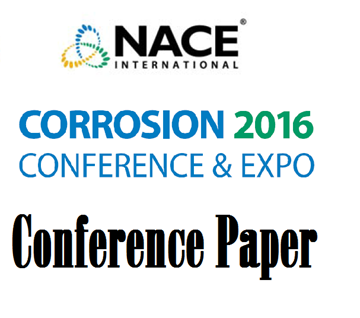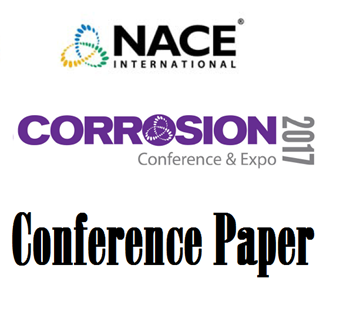Search
51314-4212-Evaluation of HTHA Effect on Carbon Steel and Carbon 0.5 Mo Exchanger
Also Purchased
51316-7233-A New Method for Prioritizing Equipment in HTHA Service for Inspection and Replacement
Product Number:
51316-7233-SG
ISBN:
7233 2016 CP
Publication Date:
2016
$20.00
High Temperature Hydrogen Attack (HTHA) Modeling Prediction and Non-Intrusive Inspection Review
Product Number:
51317--8924-SG
ISBN:
8924 2017 CP
Publication Date:
2017
$20.00
51316-7516-Looking Behind the Curtain of API 941 HTHA Data
Product Number:
51316-7516-SG
ISBN:
7516 2016 CP
Publication Date:
2016
$20.00




